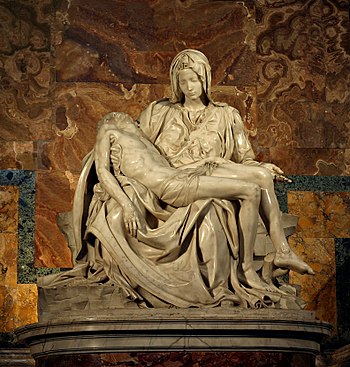| Whaam!, a 1963 pop art painting by Roy Lichtenstein, incorporates onomatopoetic comics lettering. (Photo credit: Wikipedia) |
By Cameron Kunzelman
Beaty, Bart. Comics Versus Art. Toronto: University of Toronto Press, 2012. Print.
Bart Beaty's Comics Versus Art is an analysis of the relationship between comics and art in the 20th and 21st centuries. Beaty's methodology is decidedly original, eschewing literary or fan-centered accounts of both art and the comics community in favor of "a sociology of the arts" that surrounds comics and art culture more broadly. Because of this, the chapters in Comics Versus Art take a wide breadth of topics in addressing comics and art proper. Toys, Wizard Magazine, Roy Lichtenstein, Clement Greenberg, and even Friedrich Nietzsche take their place in analysis beside the curated art shows, auctions, and comics anthologies that populate the comics-art assemblage.
From Vulture today
Q: Both Killing Eve and Catfight have a pair of female adversaries at their core. Killing Eve is much more of a cat-and-mouse style thriller, whereas Catfight was this social satire. But they’re both grounded in this female adversarial energy. Is there something about that dynamic that attracts you?
Sandra Oh: Huh, I didn’t really notice that. Gosh, now that I think about it, that’s true. Catfight was very much violent and adversarial and [Killing Eve] is very intertwined and adversarial but also obsessive. It’s super-charged, like you’re getting to wrestle with the female psyche that way. In Catfight, both of our characters wanted to kill the other. With Killing Eve, it’s not so much wanting to kill the other, it’s the fear of killing the other.







